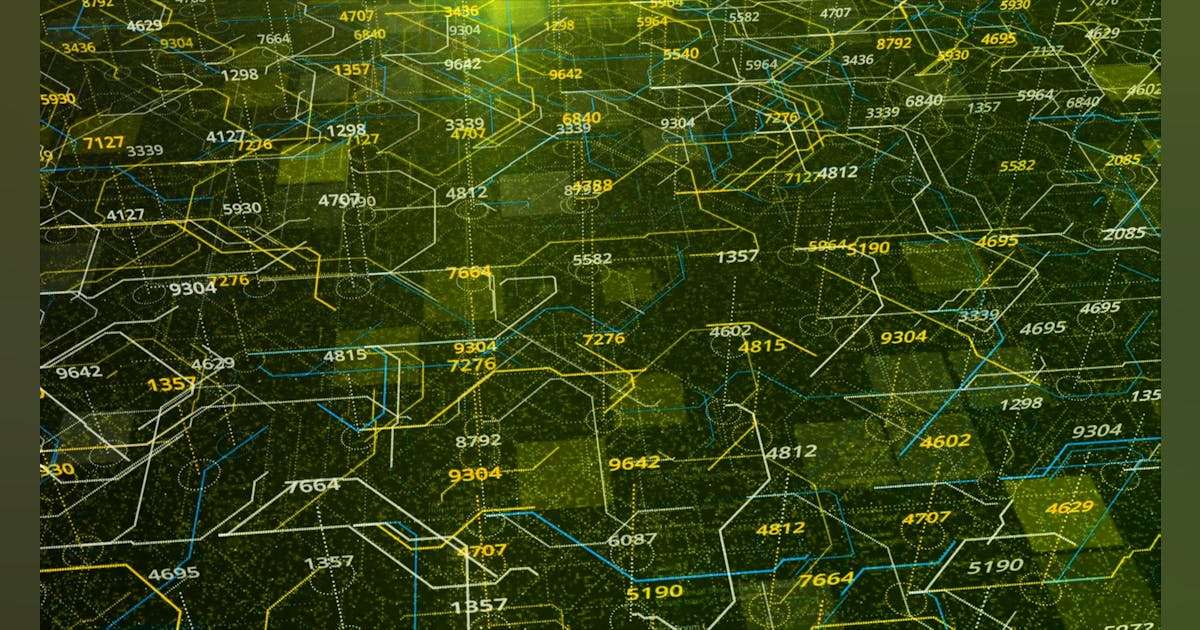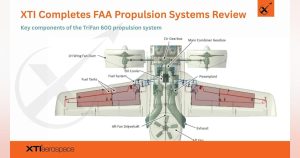Air Force Advances Weapons Evaluation with Hardware-in-the-Loop Technologies
The U.S. Air Force seeks to enhance its weapons evaluation capabilities by engaging the defense sector for state-of-the-art hardware-in-the-loop (HIL) test and measurement solutions. This effort aligns with a broader military push to ensure modern and intricate weapons systems are thoroughly and economically tested before deployment.
Understanding Hardware-in-the-Loop (HIL) Testing
Hardware-in-the-loop (HIL) testing integrates actual equipment like sensors and processors within a simulated environment that mimics real-life operating conditions. Engineers can thus safely and cost-effectively evaluate system responses to real-world signals and threats, all within a laboratory setting.
“HIL involves embedding hardware systems into control loops that replicate or extend the behavior of real-world parts,” says Dave Baker, VP of Engineering at G Systems.
Although not new, HIL testing is a cornerstone in aerospace and automotive industries due to the sheer necessity for safety, complexity management, and cost reduction. For military applications, HIL offers:
- Complex scenario simulation: Gauging responses to factors such as weather changes and electronic jamming.
- Safety: Testing risky scenarios can be performed without live actions.
- Cost-efficiency: Limits expensive field tests and speeds up developmental cycles.
The Air Force’s Rationale for Investment
As weapons increasingly depend on sophisticated sensors and data links, and opponents develop countermeasures, the Air Force aims to:
- Test cutting-edge technologies like AI-assisted targeting and GNSS-denied navigation.
- Simulate adversarial environments such as GPS jamming.
- Accelerate testing cycles to keep pace with rapid technological advances.
The Air Force Test Center at Eglin Air Force Base calls for industry input on the Hardware-in-the-Loop of Advanced Navigation and Guidance Sensors (HANGS) project.
Essential Areas for Innovation
The Air Force has pinpointed four critical areas for industry innovation:
- Dynamic Real-Time Multispectral Scene Generation: Simulate real environments across different spectrums (e.g., radar) for sensor injection.
- Midcourse and Navigation Simulation: Recreate navigation scenarios involving elements like signal jamming.
- Datalink and Radio Communication Simulation: Emulate secure/interrupted communications and test resilience against electronic warfare.
- High-Frame-Rate Simulation: Achieve fast simulations representing high-speed operations and feedback loops.
From Traditional to Agile Testing
Traditionally, weapon testing split between digital simulation and live testing. HIL unifies these by placing genuine hardware into virtual combat environments.
The Air Force leverages real-time HIL setups, reducing development times substantially and enhancing teamwork across various divisions.
How HIL Works: A Glimpse into the Lab
Picture a missile guidance system













